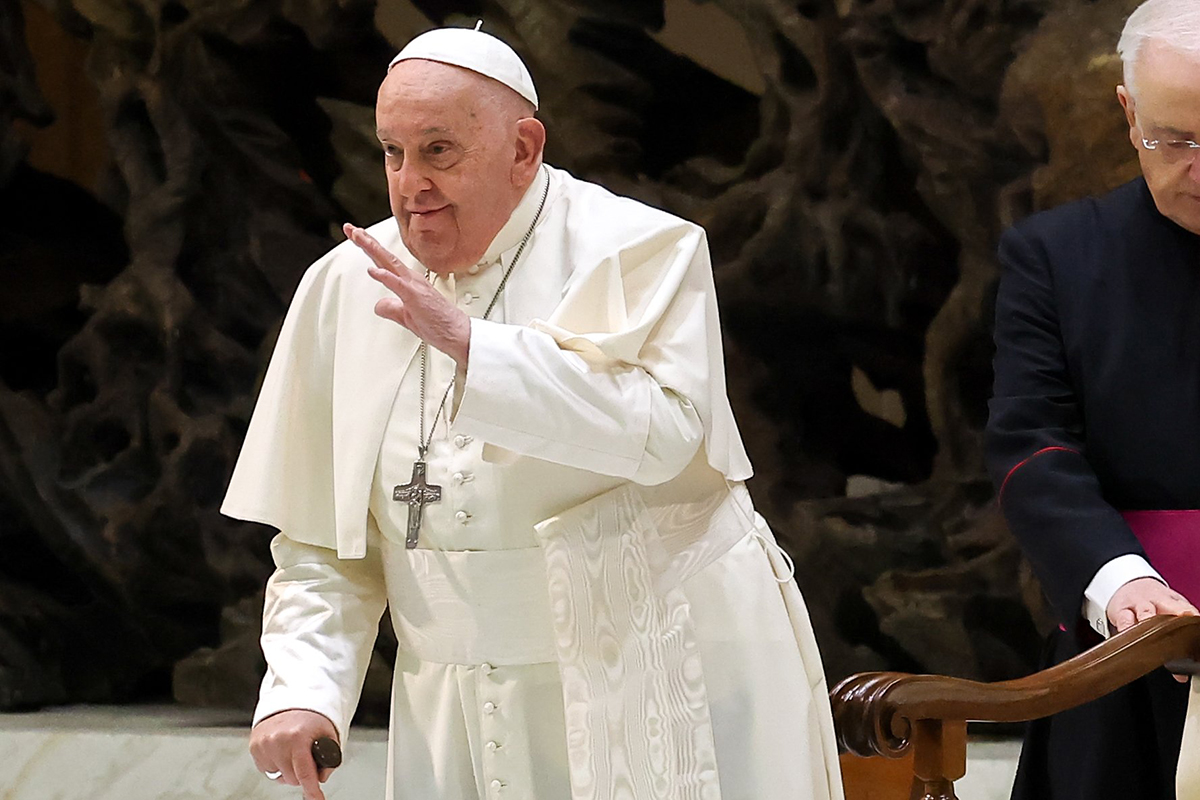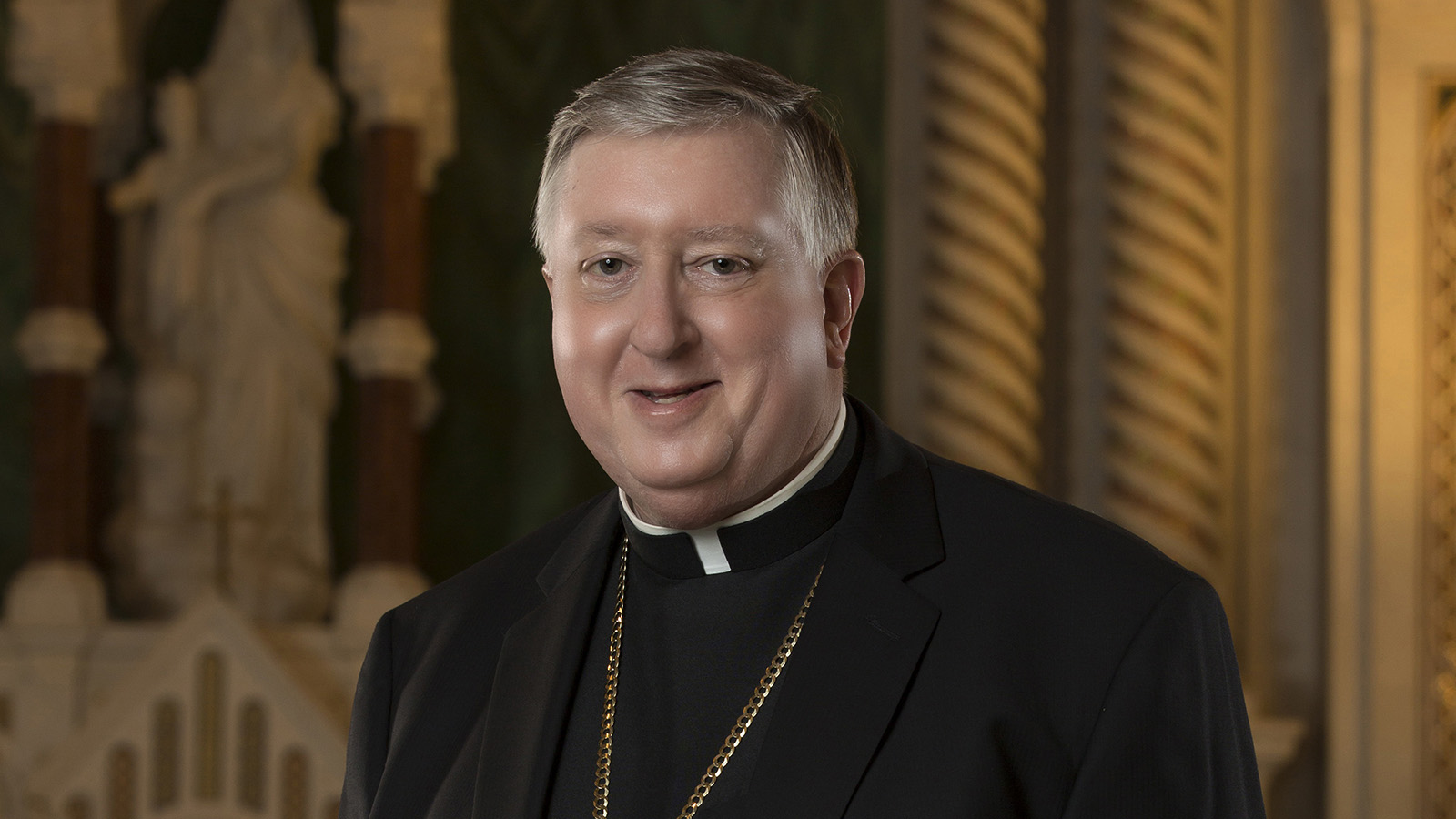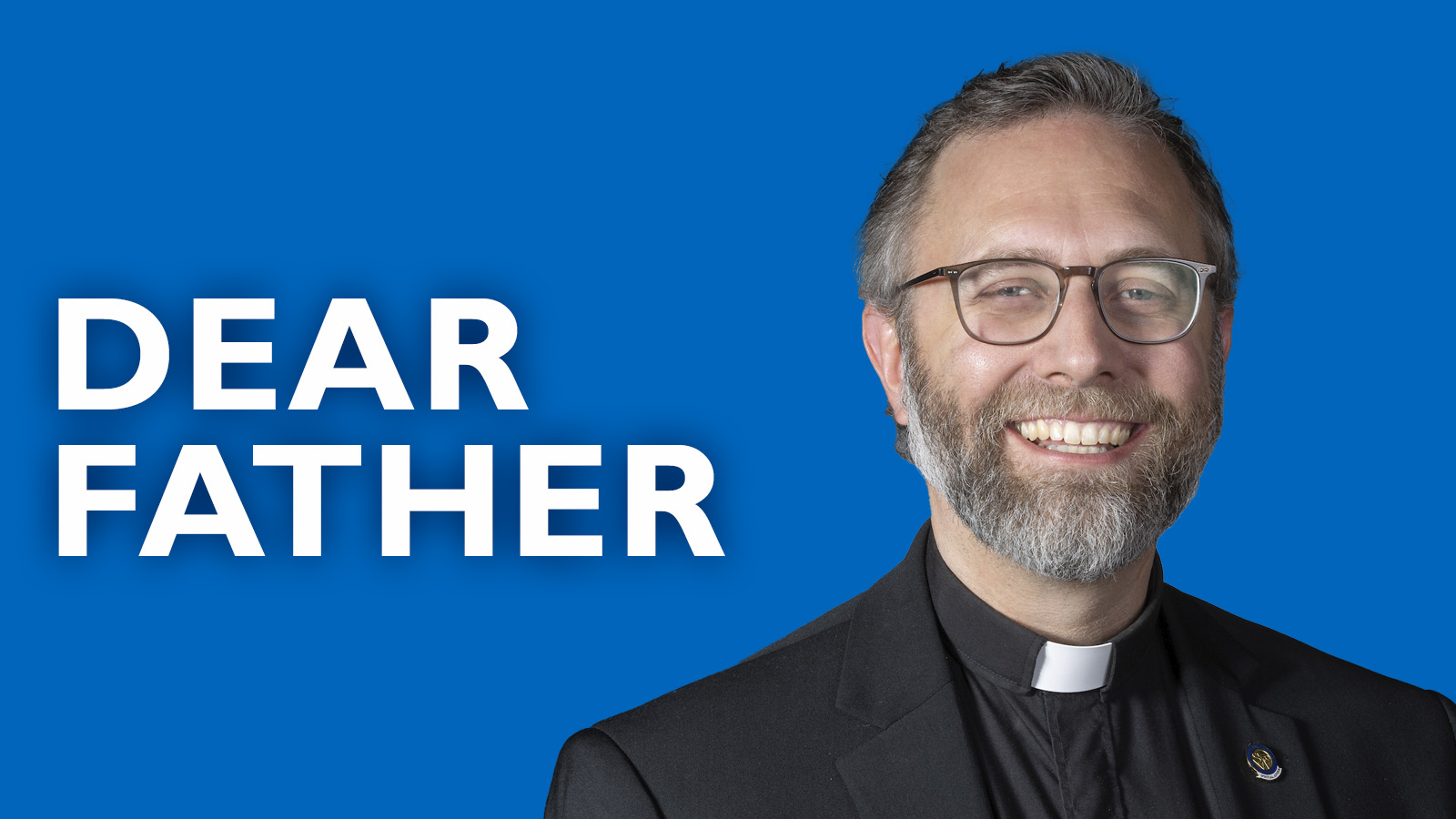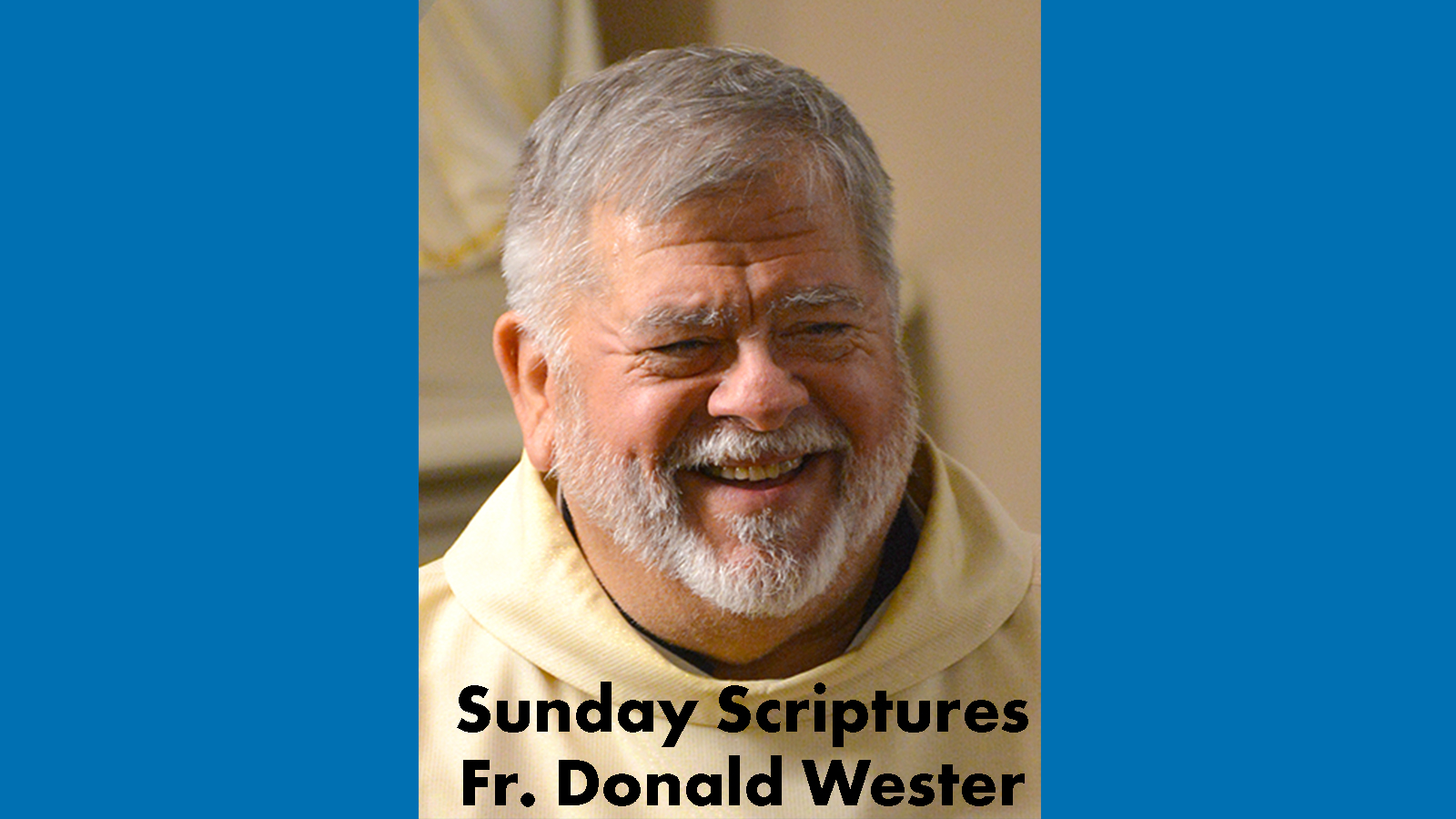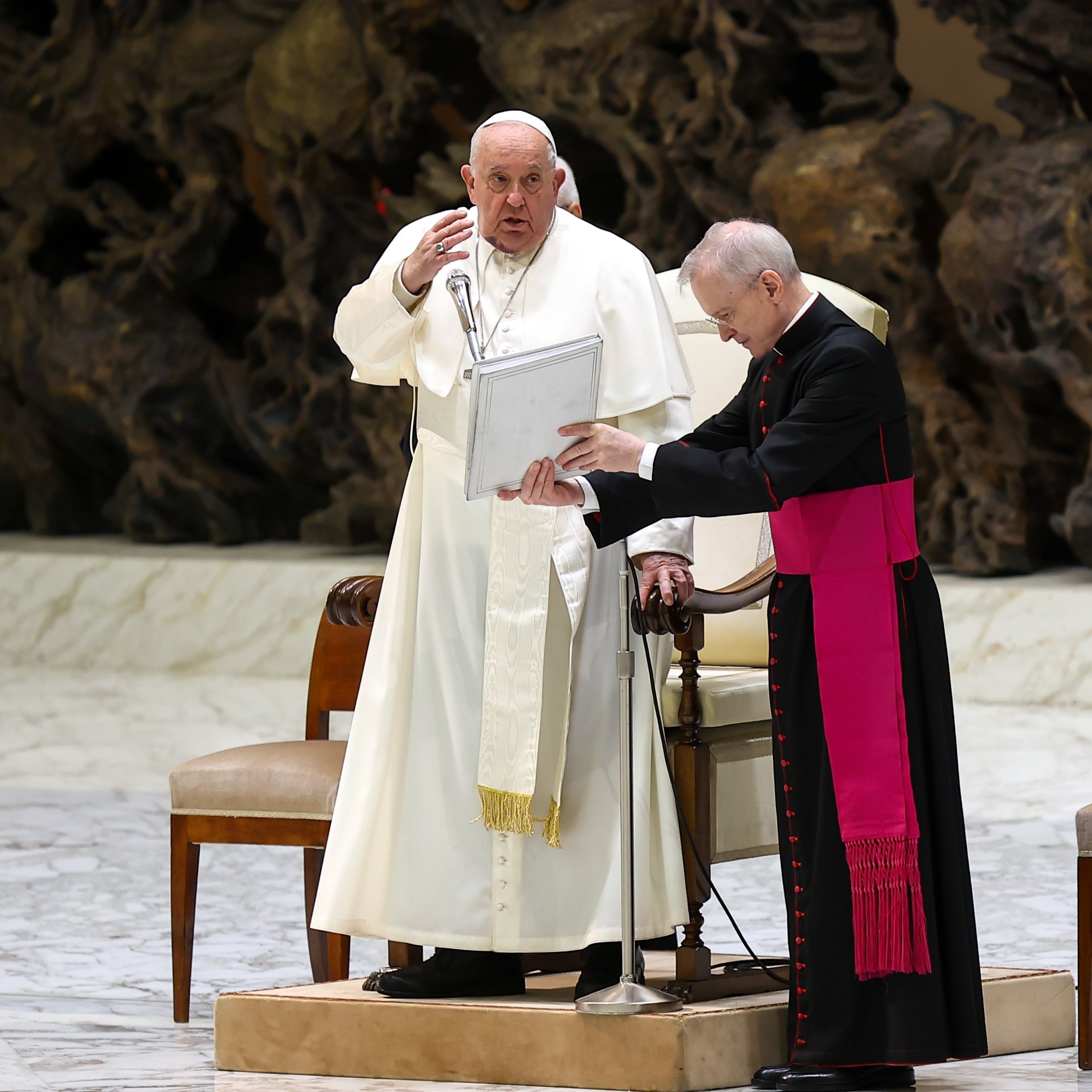BEFORE THE CROSS | In celebrating Peter, we learn from his strengths and weaknesses

The feast of the Chair of St. Peter on Feb. 22 celebrates the role of the pope in the Church. Fittingly, the Gospel for the day is taken from Matthew where Jesus says: “You are Peter, and upon this rock I will build my Church.”
By coincidence (on a human level), we hear Mark’s version of this passage the day before. In Mark’s telling, however, the focus isn’t on Peter’s primacy. It’s on what happens next: Jesus tells the apostles that He’s going to suffer. Peter rebukes Jesus for saying this. Then Jesus rebukes Peter, calls him Satan, and says: “You are not thinking as God does.”
I think the timing is providential. When we celebrate Peter and all the popes of history, we don’t celebrate the good and ignore the bad. We look squarely at both and learn from both. There’s a lesson in that for our times.
In Tower Grove Park, there’s a statue of Christopher Columbus. Under the statue is a sign: “A commission has been convened to determine the future of this statue.” Similar discussions are taking place about monuments around the country.
Let me be clear: I have no position on what should happen to that statue or any other. Each community and commission should do what it thinks best.
But I do have a thought about the underlying attitude with which we approach such discussions.
The question of removing statues is good on one level. Sins were committed; harm was done. Those things should not be whitewashed in our national memory, and for too long they have been.
But it seems to me that people often want to declare someone simply and completely good or simply and completely bad. That’s certainly not how we approach Peter. He was and is a great hero of the faith. He was not without flaws, and the Gospels don’t hide that. When we celebrate Peter we learn from his strengths and his weaknesses. Can we be more deliberate in doing that with our national past?
Like Peter, our national heroes and history are a mixed bag of good and bad, an interplay of light and darkness. We need to keep all of that in mind and hold all of it up to Jesus. We can thank God for the good and present the bad to His mercy. The more clearly we see both, the better we learn what to imitate and what to avoid in our own lives.
Whatever happens to the statue in Tower Grove Park — and, again, I have no position on that — I hope we can learn something from the Gospel portrayal of Peter. How do we want to handle the reality of virtue and sin in our national history? Whatever we decide, we need to bear this in mind: Each of us is the same mixed bag. The better we become at holding up the good to God in gratitude, and holding up the bad for His mercy, the better prepared each of us will be to stand before the judgment seat of God.

